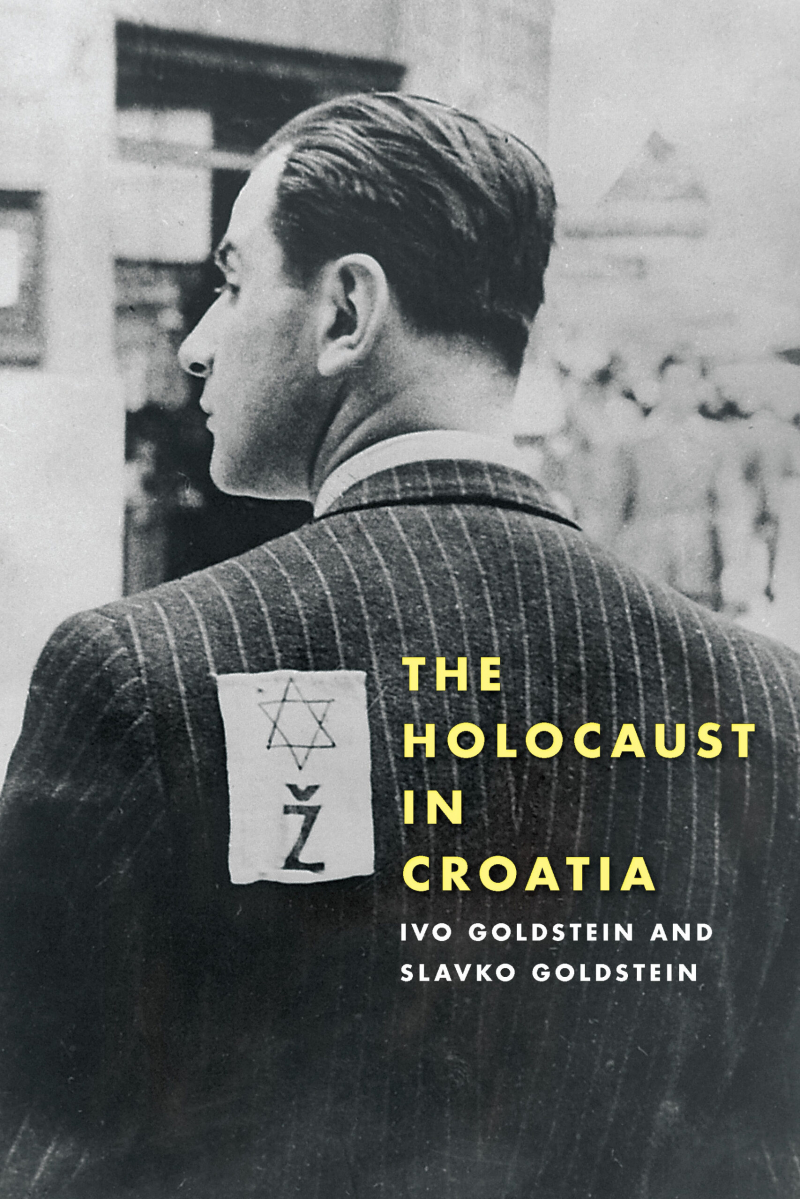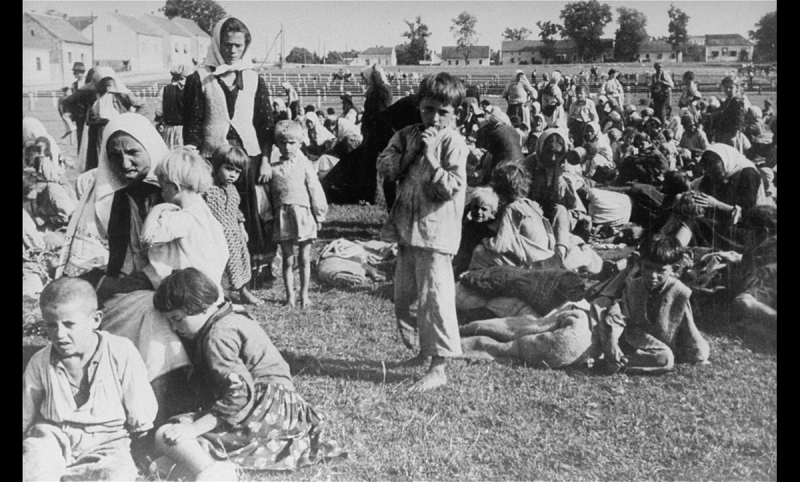The Croatian Holocaust
The deliberate extermination of Serbs, Jews, Gypsies, communists, and rebels of any kind in Croatian-occupied lands is one of the war's overlooked genocides, despite having far-reaching consequences for postwar relations in East Europe. From 1941 through 1945, the Ustae, Croatia's equivalent of the Nazi party, ran a number of detention camps around the country. The greatest of these, the Jasenovac camp, may have resulted in up to 99,000 fatalities. That might be a modest estimate as well, given that the majority of the documents were destroyed by retreating Ustae soldiers.
Unlike in German camps, where killing was a more industrial operation, violence in Croatian camps was frequently carried out with blunt melee weapons, and often involved torture and mutilation of the bodies afterwards for pleasure. Some camps were expressly designed for children, where children from all across the nation were sent to convert to Catholicism - although the majority of Serbs were Eastern Orthodox Christians - and subsequently worked themselves to death.
- Year: 1941–1945
- Location: Independent State of Croatia (Axis-occupied Yugoslavia)
- Deaths: 217,000 - 300,000 people












